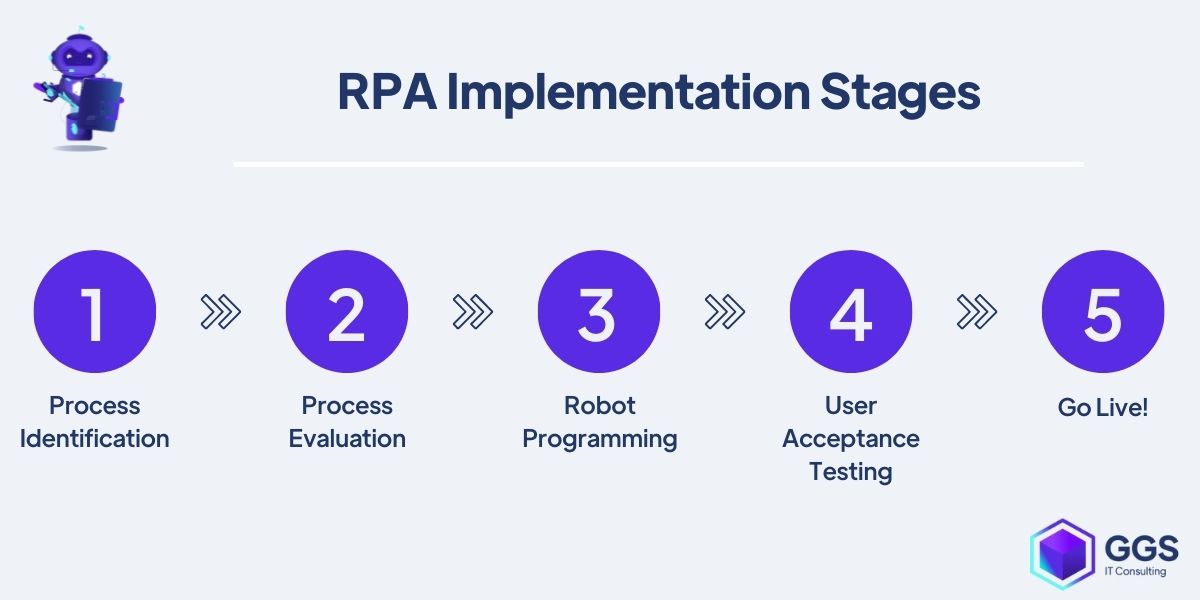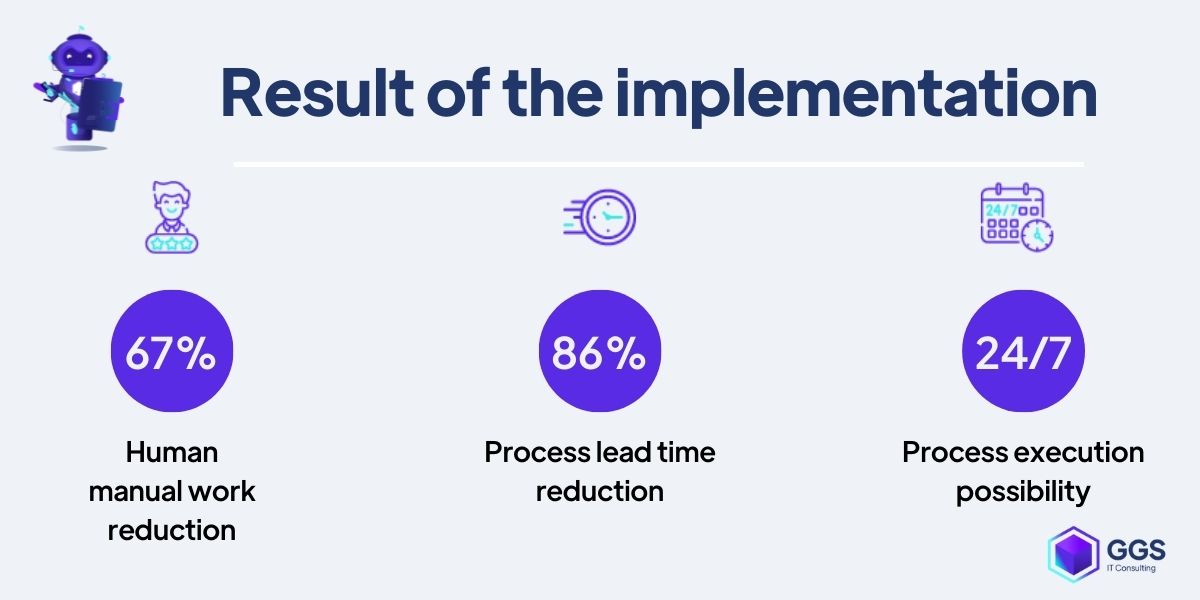
Implementation of a Robotic Process Automation at Westwing
Finance and customer service automation. 8,000 hours saved annually, 86% reduction in process cycle time.
1. About Westwing
Westwing is the leader of the inspiration–driven e-commerce model, operating in the area of Home & Living. Since its foundation in 2011, the company has been expanding its offer and is getting into new markets, running now in 11 European countries, and having the biggest portfolio of interior design brands.
Westwing is aiming to become a leader of e-commerce for Home & Living in Europe, creating for its clients an inspiring purchasing experience and positioning itself as a ‘love brand’.

2. Business Need
When analyzing business efficiency, Westwing noticed that many of the processes carried out are based on manual work. Along with the expansion of their offer, the number of repetitive activities increased, largely related to the transfer of data between spreadsheets and different systems.
Various methods of automation were considered. One of the technologies analyzed by the company was Robotic Process Automation (RPA).
GGS IT Consulting, as a company with experience in both consulting and implementation, was invited to cooperate with Westwing. Our first task was to verify whether RPA would be a suitable solution for use in the automation of the business processes initially selected by the client company.
3. Challenge
One of the processes selected by the company for automation was the process of determining the final prices of products and their publication in sales channels. It is an extremely important process, the efficient implementation of which affects the offer displayed on the e-commerce platform.
Process description:
- carried out by an eight-person production team,
- consisted in manually downloading, moving and processing data from various sources in order to prepare the final price of products for publication on the Westwing website,
- manual execution of each individual calculation took from several minutes up to a quarter of an hour, and the daily number of operations could reach several dozens.
Without determining the correct final price, taking into account all the variables important for the company, and its publication, it was not possible to sell products on the client’s e-commerce platforms, therefore the optimization and automation of this process was of great business importance.
4. Proposed solution
We approached the project according to the classic, 5-stage RPA implementation model:

The activities we carried out as part of the individual implementation phases included:
4.1. Process identification
The client came to us with an initial, pre-identified process for automation. The materials provided by the Westwing team were of a very high standard, which showed us a conscious and process-based approach to the operations carried out by Westwing. After conducting a business case and expected return on investment analysis, we judged the process to be a good candidate for RPA-based automation.
4.2. Process evaluation
After developing a process map and analyzing the exceptions, we decided that the best solution would be to use the RPA technology provided by UiPath.
We took into account the versatility and scalability of this automation platform, meeting both the needs of the pilot process and the wider automation development plan at Westwing.
We proposed a pilot implementation of the automation in the form of a Proof of Concept.
4.3. Robot programming
After creating a list of tasks (backlog) based on the estimate and a detailed implementation plan, we proceeded to create a process for the first robot.
As part of this phase, we also developed a complete project documentation (Solution Design Document).
4.4. Acceptance test phase
Acceptance tests conducted in the client's environment fully confirmed the assumptions made by us at the stage of process identification and evaluation. After positive verification, the bot was moved to the production environment.
4.5. Go Live
The implemented RPA bot helps back office employees carry out the process of determining the final prices of products and their publication in sales channels. At the same time, the bot provides further potential to implement additional automation of back office processes in the future.
After the implementation, we have continued to provide Westwing with technical support to guarantee the correct functioning of the automation.
5. Effects of implementation

The most important automation effects, visible from the first day of the bot's operation, are as follows:
- the process performed by a human up to several dozen times a day took between 5-10 minutes, whereas due to automation it was possible to shorten it to 3 minutes. In addition, the waiting time of the sales team for the implementation of the task has been reduced from several hours to several minutes,
- the process can now be carried out 24/7,
- RPA implementation has had a positive effect on the process of structuring and arranging data in other areas of the company,
- the robot "forces" a very desirable continuous improvement process on the Westwing team - based on the exceptions reported by the robot, the team receives recommendations on how to improve the input data, which it then implements, which in turn increases the effectiveness of the robot's work.
In the future, the implemented robot can be assigned to further processes that will be automated at a later stage. A pipeline of such processes is created on an ongoing basis so that Westwing can use the full potential of the robot as soon as possible.
See if you, too, can benefit from hiring a virtual employee.
If you would like to verify whether the use of business process automation in your e-commerce platform will allow you to achieve significant benefits, arrange a free 30-minute consultation with us.
After completing the contact form, we will schedule an interview at a time convenient for you, during which our consultant will assess which technologies will bring the greatest benefits in the area of development and standardization of processes in your company.